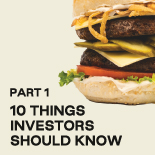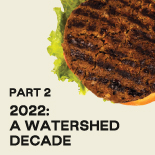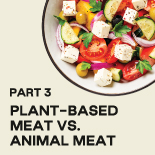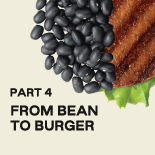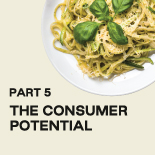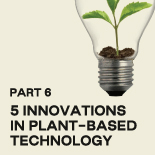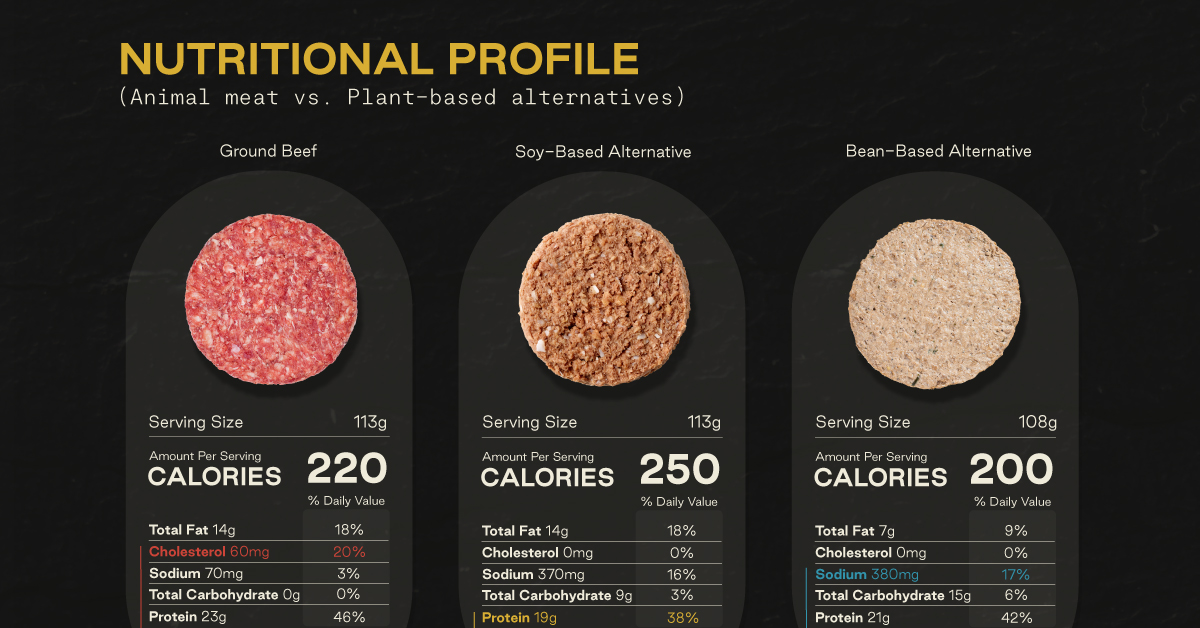How Does Animal Meat Compare to Plant-Based Meat?
How Does Animal Meat Compare to Plant-Based Meat?
Plant-based alternatives are no longer for vegetarians and vegans alone. In recent years, they’re appealing to many people who are cutting out, or cutting down their personal meat consumption.
Whether you consider yourself one of these people or simply recognize the rise of this trend, this infographic from the Very Good Food Company (VGFC) explores three key reasons why the plant-based market is growing, and how it compares to animal meat.
It is Part 3 in a series that provides investors with everything they need to know about participating in this exciting space.
Plant-Based Meat: A Flexitarian Choice of Younger Generations
In an online survey of consumers, over one-third considered themselves “flexitarian”—eating mostly plant-based diets, with the occasional meat consumption. In fact, among Americans eating less meat, 36% are directly replacing these products with plant-based alternatives.
This is being primarily driven by younger generations, who show significant preferences for plant-based lifestyles:
| Generation | Already regularly eating plant-based | Trying to eat more plant-based |
|---|---|---|
| Millennials | 79% | 30% |
| Gen Z | 79% | 60% |
It’s no wonder then, that the plant-based food market is set to sprout by nearly 5x within the next decade, expected to reach $162 billion by 2030. The top three reasons that consumers are transitioning to plant-based diets are health consciousness, environment concerns, and overall costs. How does animal meat compare to plant-based meat in these key areas?
1. Public Health and Safety
Meat can be a valuable source of protein and nutrients. So why are consumers increasingly turning to plant-based alternatives?
A study from Duke University Medical Center examined the nutritional profile of animal meat against common plant-based alternatives:
| Type of protein | Ground beef (113g) | Soy-based alternative (113g) | Bean burger (108g) |
|---|---|---|---|
| Calories | 220 | 250 | 200 |
| Cholesterol | 60mg | 0mg | 0mg |
| Sodium | 70mg | 370mg | 380mg |
| Protein | 23g | 19g | 21g |
The research shows that plant-based meat contains comparable protein levels to animal meat. The latter also brings with it higher cholesterol content—so replacing red meat with plant-based alternatives can help reduce the risk of heart disease.
On the flip side, many plant-based alternatives in the market are currently highly processed, but the growing use of natural and organic ingredients are reducing these sodium levels.
2. All Eyes on the Environment
Every stage of the food supply chain sees greenhouse gas emissions (GHGs), but they are most prominent for animal meat compared to the ingredients for plant-based alternatives. Of all human-made GHGs, 14.5% come from livestock, of which cattle account for over half the total due to methane production and grazing land required.
In contrast, the environmental impact of plant-based alternatives is more positive:
- 30-90% less GHG emissions
- 47-99% less land
- 72-99% less water
This heightened environmental awareness is leading more consumers to choose plant-based alternatives.
3. Sticker Shock, But Scale Can Help
One of the biggest barriers to ubiquitous adoption of plant-based alternatives remains cost.
Here is how the price of plant-based meat and animal meat products vary in a retail grocery store such as Whole Foods:
| Product type | Cost per pound (lb) |
|---|---|
| Plant-based Beyond Burger | $12 |
| Whole Foods 365 vegetable burger | $6.40 |
| Ground beef | $5 |
| Chicken | $3-7 |
| Plant-based meat (2030P) | $2.92 |
Plant-based products come with a much higher price tag than conventional meat, but there’s good news—as demand grows, more plant-based factories are popping up. With scale, some plant-based meat could be competitively priced with animal meat.
The Rise of Plant-based Diets
As more consumers reduce their overall meat intake, they’re replacing these products with high-protein plant-based alternatives. Consumers see these as better for their health and for the planet. Soon, there will be even more options on the table at cheaper price points.
The Very Good Food Company produces great tasting, healthy food options using organic ingredients that cater to all tastes and diets.
Click here to learn more about the Very Good Food Company and how its clean, healthy protein alternatives are feeding this growing global movement.

-

 Sponsored3 years ago
Sponsored3 years agoMore Than Precious: Silver’s Role in the New Energy Era (Part 3 of 3)
Long known as a precious metal, silver in solar and EV technologies will redefine its role and importance to a greener economy.
-
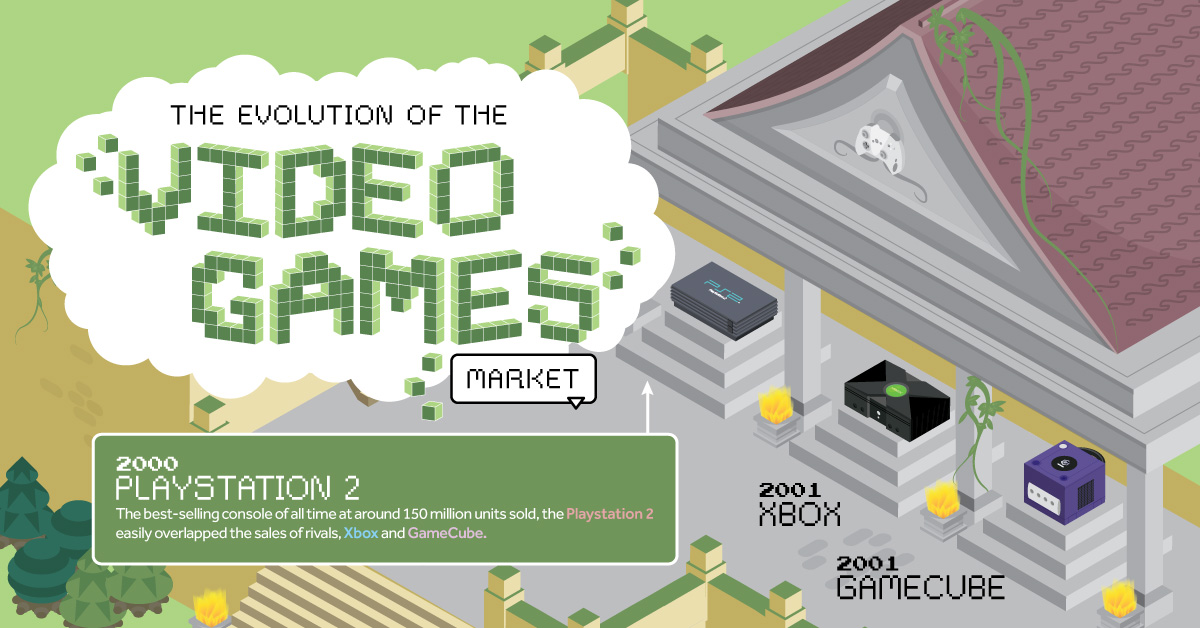
 Sponsored7 years ago
Sponsored7 years agoThe History and Evolution of the Video Games Market
Everything from Pong to the rise of mobile gaming and AR/VR. Learn about the $100 billion video games market in this giant infographic.
-

 Sponsored8 years ago
Sponsored8 years agoThe Extraordinary Raw Materials in an iPhone 6s
Over 700 million iPhones have now been sold, but the iPhone would not exist if it were not for the raw materials that make the technology…
-

 Sponsored8 years ago
Sponsored8 years agoThe Industrial Internet, and How It’s Revolutionizing Mining
The convergence of the global industrial sector with big data and the internet of things, or the Industrial Internet, will revolutionize how mining works.

